Description
Caring for your Prayer Plant
Taking good care of any plant is essential to ensure it grows appropriately and blooms. You need to take care of several things, such as the amount of water you need to give the plant, the best way to propagate it, and the kind of fertilizer you need to use. Here is a complete care guide you can use.
Light
This plant enjoys medium and bright indirect light. They should not be placed in direct sunlight as that can damage the plant significantly. You can set the plant in a room with a window and get reasonable amounts of indirect light. Ideally, these plants grow under large trees in their natural habitat. Therefore, they need indirect but good amounts of light. If your plants do not get enough sunlight, they will produce smaller leaves and stunted growth.
Soil
Calatheas enjoys a well-draining soil that can be a mixture of potting soil, peat, and perlite. You can mix lighter soils such as coir or pumas. Experts recommend avoiding the usage of heavy soils as they are not well draining.
Water
It is vital to give your Prayer plant a balanced amount of water. The plant is susceptible to water. They do not deal well with too little water or too much water. If you do not give the plant enough water, its leaves will dry out, and if you overwater it, the roots will start to rot, which can cause the plant to die.
The soil of the Calathea needs to be moist at all times. You can check the moisture in the ground with your finger. Your plant likes a humid environment, so you can try to keep humidity levels high using a mist, and the plant will thrive.
Fertilizer
The Calathea requires regular fertilizer during its growth stages. You can give it fertilizer every two or three weeks when the growth is in full swing. The best fertilizer match is chemical or organic fertilizer. It is best to avoid any fertilizer during the winter as that can be shocking for the plants in their dormancy.
Pests
Spider mites are the most common pests to infest the Prayer plant. Other than that, they may also attract aphids and or scale insects. If these pests infect your plant, you might see yellow leaves and other visible spots on the surface of the leaves.
To control the pest infestation, you can use insecticidal soap.
Disease
Root rot is the most common disease in the plant. If you overwater it and do not choose well-draining soil, then that can cause your plant’s roots to rot. To avoid root rot, you should only water your plant when scorched. You can check for dryness using your finger.
Other than that, bacterial growth in your plant may suffer from Pseudomonas Leaf spot. This can cause a reddish-brown spot on the leaves and distort them. To treat this problem, it is best to cut off the damaged leaves so that the bacterium does not spread.

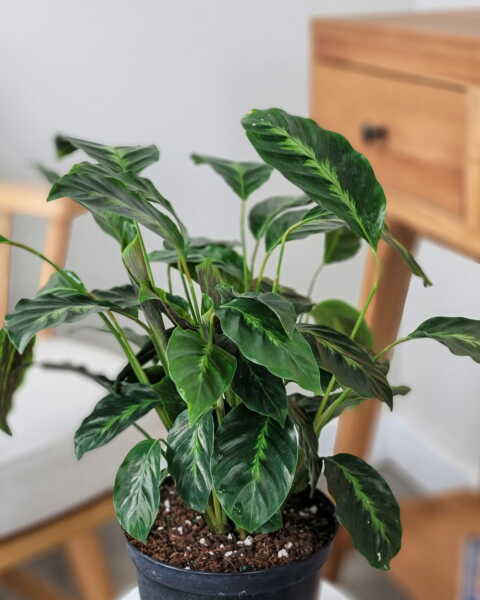
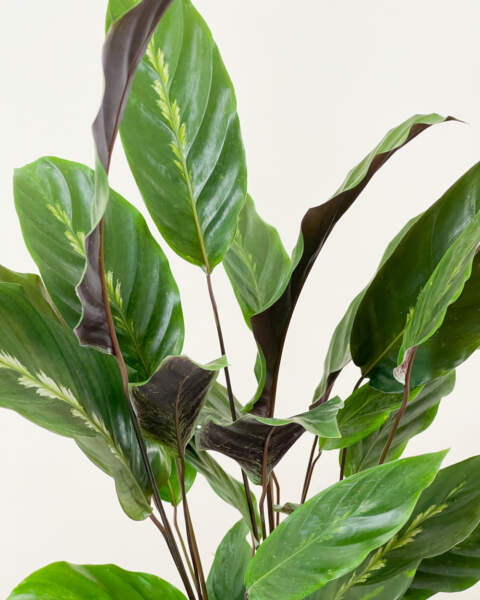
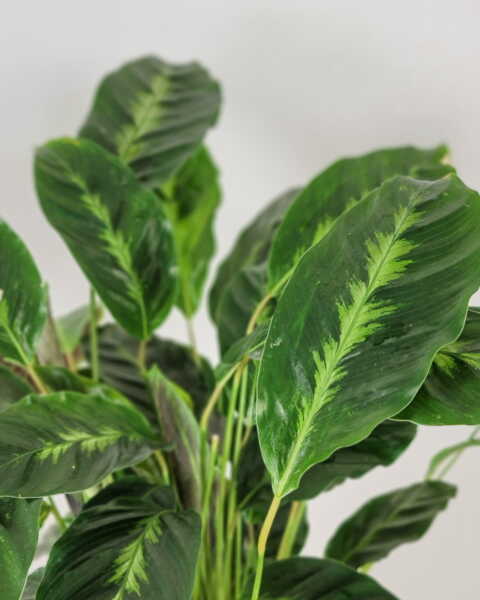
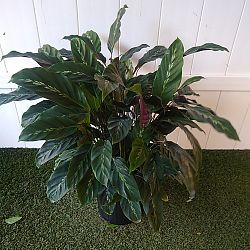
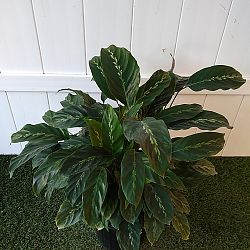
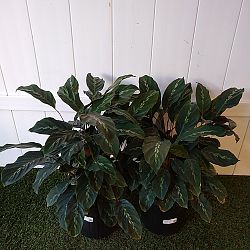
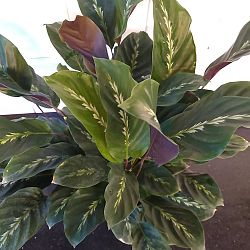
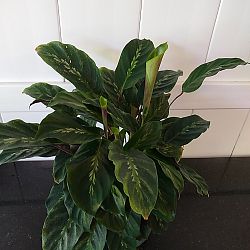
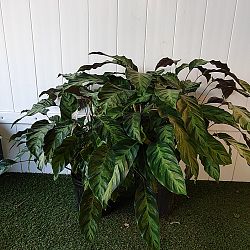
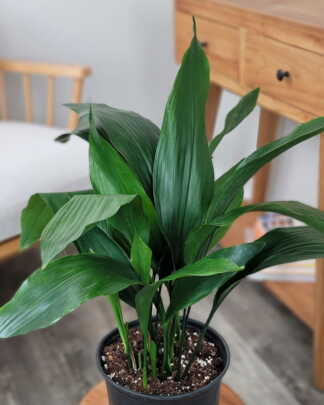
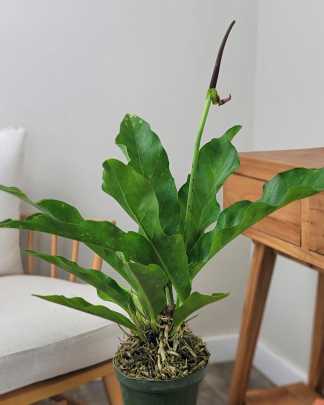
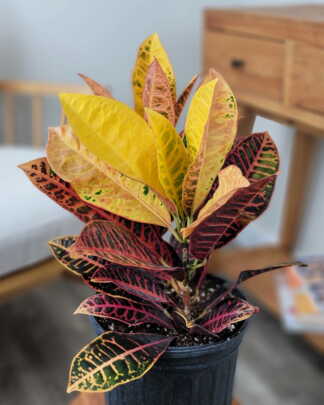
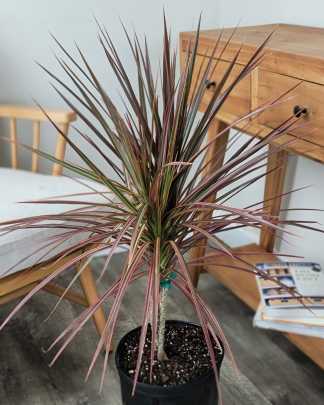
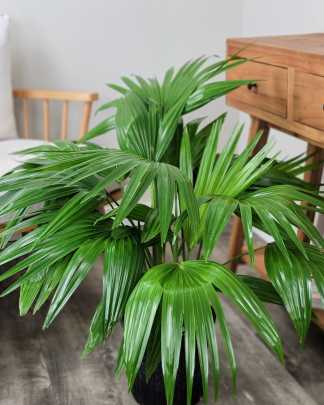


Dustin S. (verified owner) –
Beautiful plant that shipped well. After a couple of days you really could no longer tell it had been in a box. It’s a wonderful addition to my calathea collection.
Anonymous (verified owner) –
Good size and very nice looking plant.
Some of the plant’s leaves were crushed and falling off, but rest of plant looks good. Guessing it may be due to the delivery driver leaving the box upside-down at the door.
Whanda Duran (verified owner) –
Janet Dixon (verified owner) –
Michael Simons (verified owner) –
Awesome plant. Way better than the picture
Katherine A. (verified owner) –
A large and lush plant that wasn’t shipped to me until the temperatures were high enough to keep it safe on the journey. Great service!
Maria D. (verified owner) –
She came beautifully wrapped and in great condition! She’s so beautiful! This is my second plant from plantvine and I’m addicted! Thanks so much for growing beautiful healthy plants!
Christina (verified owner) –
Hoping it perks up a little but overall pretty good condition after being sent!